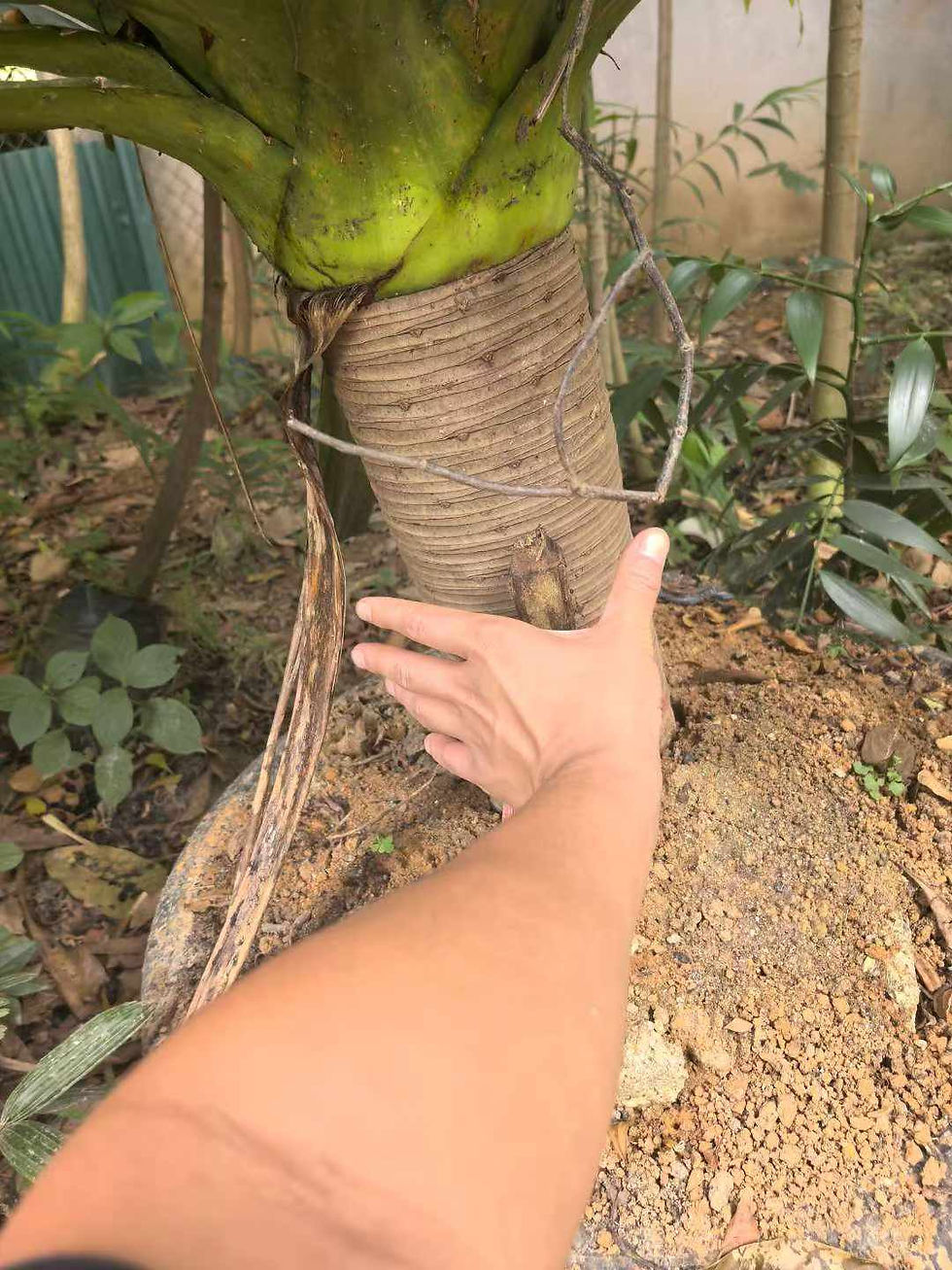Details
Pachira aquatica can grow up to 18 m (59.1 ft) in height in the wild. It has shiny green palmate leaves with lanceolate leaflets and smooth green bark. Its showy flowers have long, narrow petals that open like a banana peel to reveal hairlike yellowish orange stamens. The tree is cultivated for its edible nuts, which grow in a large, woody pod. The nuts are light brown, striped with white. They are said to taste like peanuts, and can be eaten raw, cooked, or ground into flour to make bread. The leaves and flowers are also edible.The tree grows well as a tropical ornamental in moist, frost-free areas, and can be started from seed or cutting. It is a durable plant and adapts well to different conditions. The pachira needs plenty of sunlight, though it is important to avoid direct sunlight in summer months, as the leaves may get sunburned.
The fruit, a nut, is of a brownish colour and can measure up to 12 inches (300 mm) in length and 2.5 inches (64 mm) in diameter. Seeds grow within until such time as the nut bursts, sending the seeds forth and propagating. The nut is edible and often eaten raw or roasted, with a flavor similar to a European chestnut; it may also be ground and made as a hot drink. The fruit is not eaten.

































